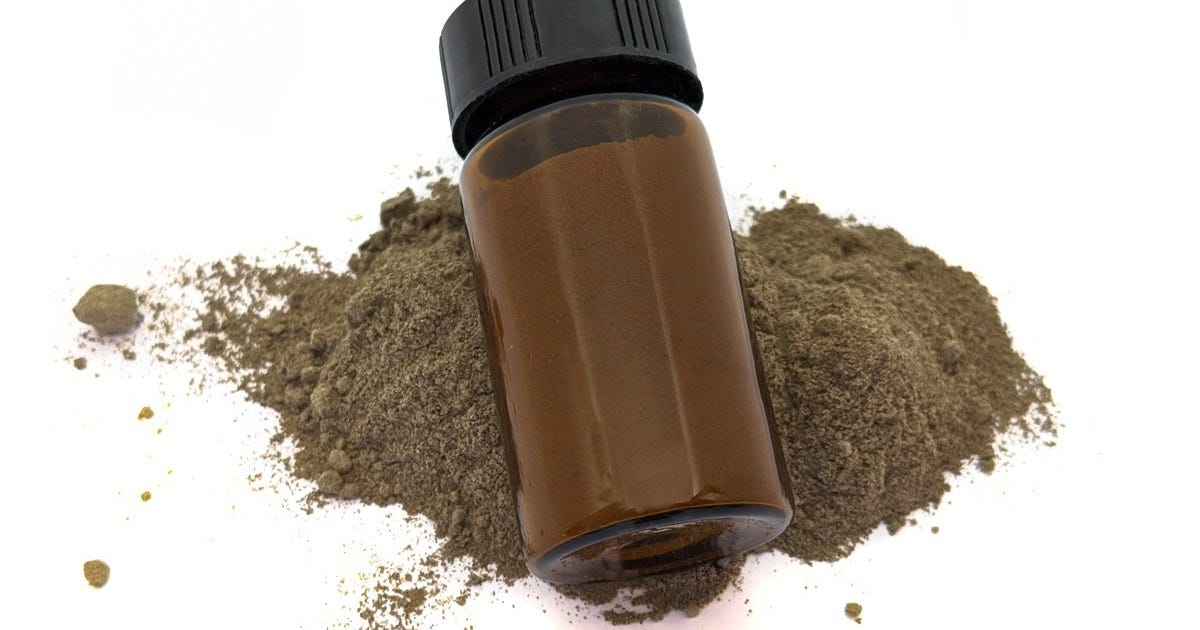In the middle of the Amazon rainforest, a hidden treasure lies concealed within a sacred smoke called Rapeh and is captivating thanks to its dual properties. This mystical ingredient isn’t just renowned for its soothing properties but also its healing potential. Rapeh has been used for centuries by tribes of indigenous societies to help treat physical illnesses. This sacred snuff can be used to treat diverse range of benefits including reducing inflammation and easing respiratory problems.
Rapeh’s amazing abilities don’t stop there. It is also able to give you a reviving energy boost, combating fatigue and encouraging the state of being awake. People report a surge of energy, an increase in increased mental and physical energy that is the perfect starting point for a journey to a place of health and renewal.

Hapeh (also also known as Rapeh) is a snuff made of powder that is composed of a mix of plant material, including tobacco. The preparation is deeply rooted in the religious and cultural practices of indigenous tribes of the Amazon. It plays a vital role in their daily lives, reflecting not just an aid to relaxation but also a keeper of their lifestyle and culture.
Hapeh For many is a way to wind down after a hard day of work. In the bustling world of indigenous Amazonian communities, life can be both physically demanding and spiritually engaging. Hapeh can be a brief rest, a calming breath at the end a long day. This relaxing ritual does more than ease physical tension, it also has more significance within the culture of the indigenous people.
Although Hapeh may serve as a relaxant, it’s role goes beyond simply unwinding. It has a major role in the preservation of traditional culture and the promotion of the well-being of the communities. Hapeh preparation and administration are deeply embedded in their culture, acting as a bridge from the past to the present.
Hapeh is not just a snuff; it is an important cultural heritage handed across generations. Hapeh rituals are sacred, and serve as an opportunity to be connected with the spiritual world. The ceremony of administering Hapeh is often performed with great care and reverence which emphasizes the importance of intent and spiritual connection. For more information, click Whats Hapeh
In indigenous communities, Hapeh is not merely an opportunity to relax; it is a symbol of identity as a thread weaves through the fabric of their lives. Its continual presence in their daily lives is a testament of their commitment to protect their culture.
Hapeh is also closely tied to the wellbeing of people who live in these communities. It is a holistic way of relaxing, and also a ritual that demonstrates a deep connection with self and world. The entire community gathers to experience this ritual that promotes a sense of harmony and mutual wellbeing.
Hapeh’s significance goes beyond the physical aspect. It is an emblem of culture that represents the long-lasting traditions of indigenous peoples. In a world that is rapidly changing the protection of these traditions is vital and Hapeh is an integral part in this preservation.
Hapeh which is a nasal snuff is more than that. It’s an interlude between the past and the present. A guardian of the indigenous tradition. A promoter of health and well-being. The legacy of Hapeh will remind us that traditions and relaxation can be intertwined in deeply meaningful ways, and that the significance of a single ritual goes beyond what meets the eye.
Hapeh is an important part of the indigenous Amazonian culture. It’s a fantastic means of relaxing and also a valuable protector of cultural values. Hapeh’s legacy is constant reminder in an ever-changing world that traditions, culture, and relaxation can all be intertwined. It creates a deep sense of belonging within the communities. Hapeh represents the power and diversity of indigenous cultures in the Amazon rainforest.